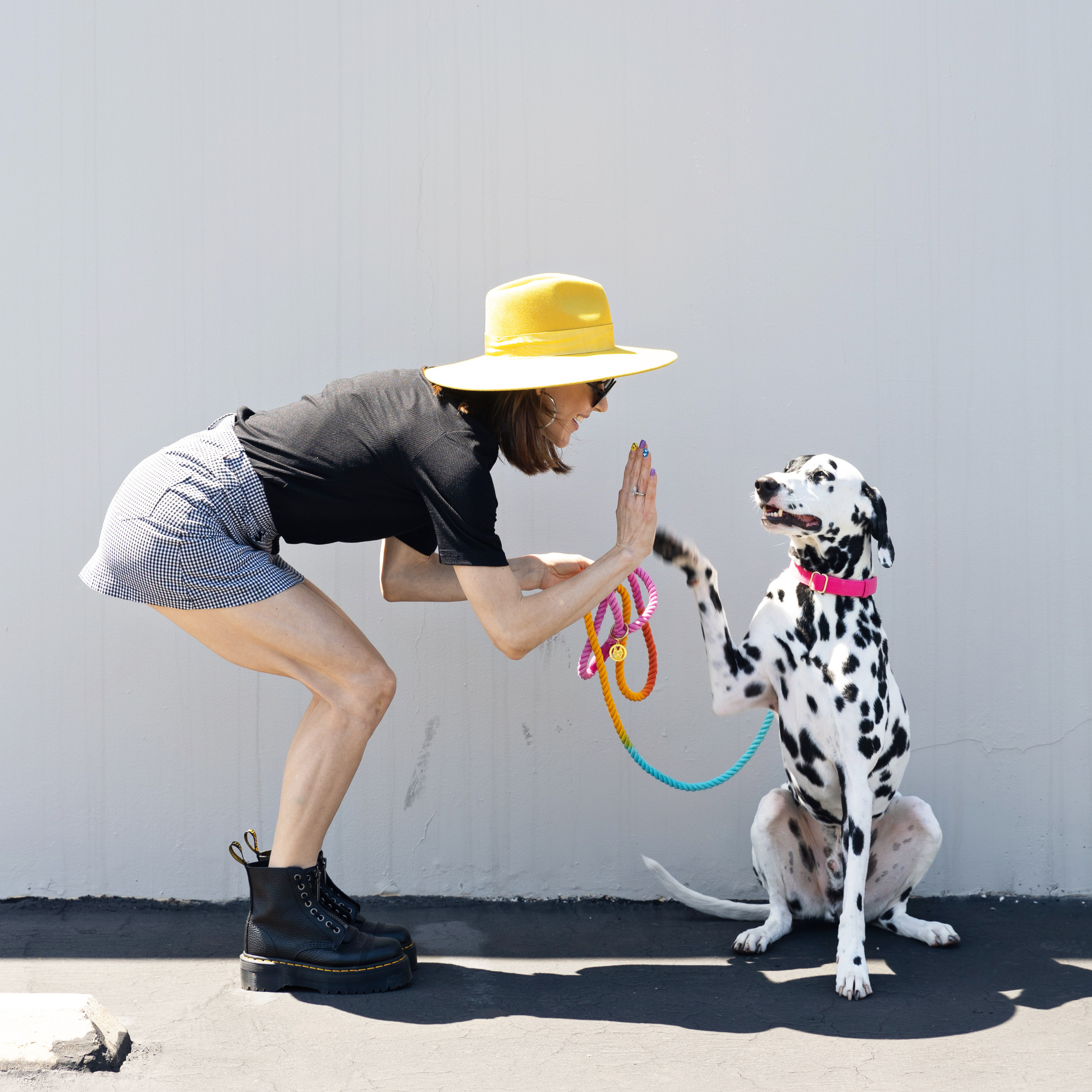
Training your pup is an essential part of welcoming a new furry friend into your life. One of the most effective tools you can use during this process is a dog leash. A leash isn’t just a safety measure; it’s a functional tool that can help establish control, communication, and discipline. This blog highlights how to use a dog leash effectively to train your pup while ensuring their safety and comfort.
Choosing the Right Leash
Before jumping into training, having the right leash is crucial. Look for a leash that is durable, comfortable to hold, and appropriately sized for your dog. For puppies, lightweight leashes are ideal as they won’t overwhelm them. For active larger breeds, consider a leash made from strong materials, like nylon or leather, to ensure durability.
Adjustable leashes are also a fantastic choice, offering flexibility for different training exercises and scenarios. Pair your leash with a functional and comfortable collar, as this will ensure your pup is secure and at ease throughout the training session.
Building Trust With Your Pup
The first step in leash training is building your pup’s trust. Start by introducing the leash gently. Allow your dog to sniff and explore the leash in a relaxed setting, like at home. Attach the leash to their collar and let them walk around while dragging it behind them (under supervision) to get used to the weight.
Avoid pulling or jerking the leash during this stage. Instead, use positive reinforcement, including treats and verbal praise, to help your pup associate the leash with pleasant experiences.
Walking Basics
Teaching your dog to walk on a leash without pulling is fundamental. Begin in a calm, distraction-free environment, like your backyard or a quiet park. Hold the leash firmly but maintain a relaxed grip, giving your dog enough slack to walk naturally without feeling restricted.
- Start with Short Walks: Gradually increase the duration of training sessions to avoid overwhelming your pup.
- Use Commands: Teach basic commands like “heel” and “stop.” When your pup follows the command successfully, reward them immediately with a treat or praise.
- Stop for Pulling: If your dog starts pulling, stop walking and wait until they return to your side. This teaches them that pulling won’t get them closer to their goal.
Patience is key during this step, as it may take time for your pup to learn how to walk calmly on a leash.
Correcting Unwanted Behaviors
Training your pup to respond appropriately to distractions is another important aspect of leash training. If your dog lunges, barks, or gets overly excited during walks, advanced training techniques can help.
- Redirect Their Attention: Use toys, treats, or verbal cues to divert their focus back to you.
- Maintain Consistency: Always reinforce the same rules so your dog clearly understands what’s allowed and what isn’t. Consistency strengthens their learning and builds their confidence.
- Stay Positive: Avoid punishment-based methods. Instead, concentrate on rewarding good behavior to encourage repetition.
Training for Specific Leash Skills
Besides regular walks, leashes can help you train your pup for specific skills. For instance, leashes can be used in teaching recall. Attach a long training leash, call your dog to come to you, and gently guide them using the leash if needed. This exercise reinforces obedience and strengthens your pup’s response to commands.
Practicing “stay” while on a leash is another valuable skill. Stop in your tracks, tell your dog to “stay,” and reward them for remaining still before moving forward. Training for these additional skills ensures well-rounded behavior, making outings far more enjoyable for both of you.
Maintaining a Positive Training Experience
Leash training your pup is a gradual process, so patience and consistency are key. Celebrate small wins and take breaks when needed to avoid stress for both of you. Remember to keep sessions short and engaging. Pair them with lots of playtime and affection to create a positive, well-balanced experience.
A high-quality leash paired with a comfortable, functional collar ensures your pup is not only safe during training but also at ease. Always check the leash and collar for wear and tear to maintain their durability and effectiveness over time.
